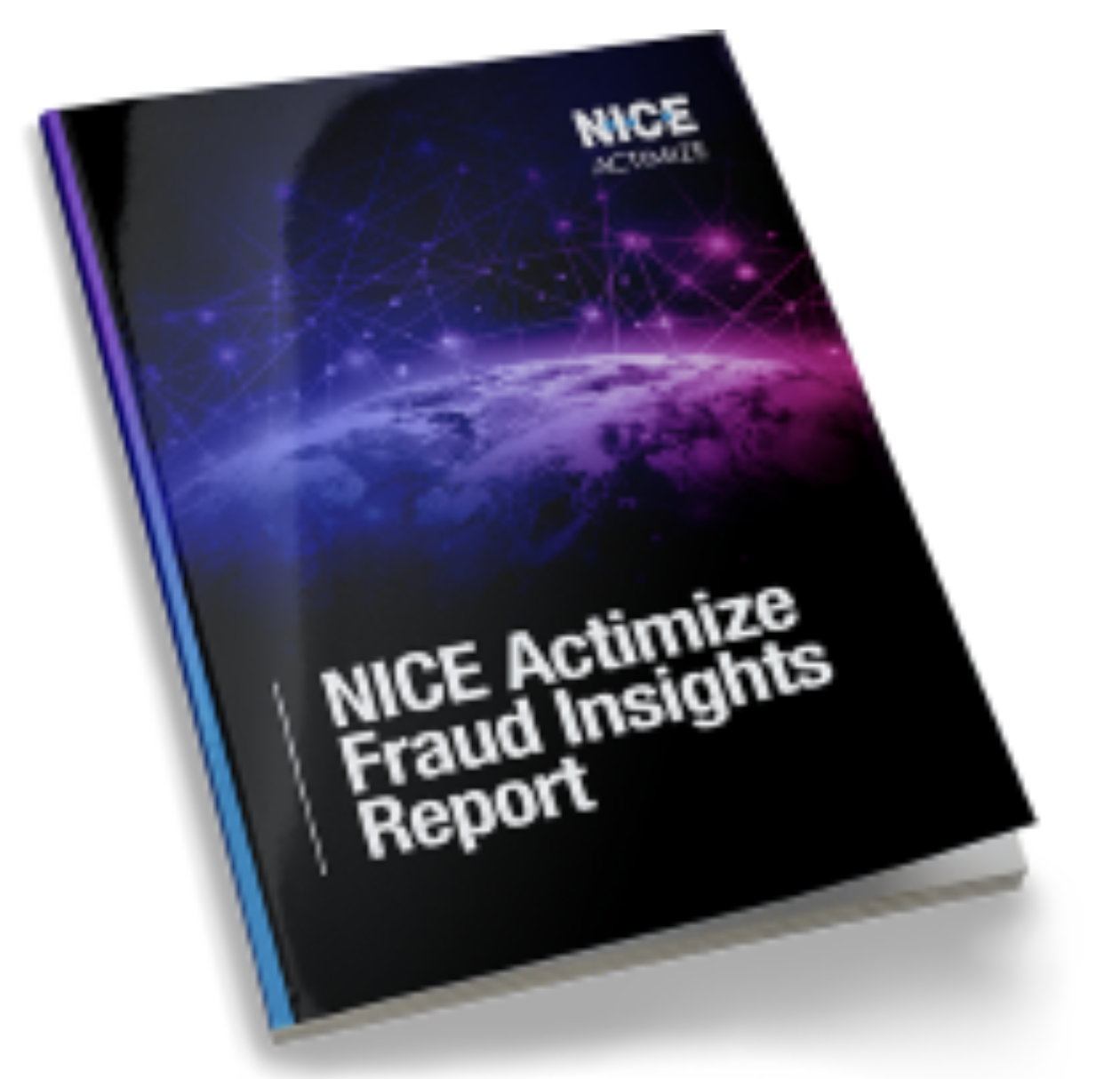NICE Actimize 2022 Fraud Insights Report: 41% Increase in Attempted Fraud
- 2021 saw a 41% increase in attempted fraud
- There are multiple causes for the increase
- DATA will be our weapon against further fraud
NICE Actimize recently released "The 2022 NICE Actimize Fraud Insights Report," which identifies and analyzes the leading fraud threats and patterns that impacted leading global financial institutions in 2021.
The report makes clear that banking fraud continues to rise: the data-driven research study found a 41% increase in attempted fraud over a similar evaluation conducted the year before.
Leveraging NICE Actimize’s X-Sight AI, which utilizes Federated Learning techniques and collective intelligence to spot emerging threats and suspicious patterns of activity, the report was created by analyzing billions of banking and payments transactions representing over $110 trillion in value. NICE Actimize currently employs these techniques across leading financial institutions to monitor and stay aware of advancing fraud threats. Its data scientists and fraud subject matter experts compiled anonymized data secured from a subset of its total monitored transactions, including both online and offline payments channels that covered ACH, wires, checks, card purchases, and P2P transactions. The Fraud Insights Report aggregated and synthesized fraudulent activity patterns seen across a range of global financial institutions.

Click here to download the report.
Factors for Increased Fraud
What accounts for such a jump in fraud? First we need to examine which channels are being affected. According to the report:



Source: 2022 NICE Actimize Fraud Insights Report
Some other points of interest:
- Increased utilization of mobile devices for everyday purposes, such as banking, shopping, and communication, heavily impacted the fraud landscape in 2021.
- Fraud increased across the board, from P2P payments and digital wallets to traditional check payments.
- Mobile channels saw the highest increase in fraud attempts. NICE Actimize projects that mobile channels will continue to be a target throughout 2022.

The report also revealed:
- Banking and payments transactions using mobile devices have increased substantially. But, unfortunately, the popularity of mobile usage goes hand-in-hand with fraud – 61% of attempted fraud attacks through mobile apps are Account Takeovers (ATOs), the data showed.
- Fraudsters are exploiting the prevalence of mobile to target and leverage older devices. The report also showed that cell phones using older operating systems or made before 2016 have three times more fraud attempts associated with them than newer devices or operating systems.
- Nearly half (46.9%) of attempted fraud stemmed from card-not-present transactions across payment channels. As a result, online transactions presented a growing focus in the threat landscape.
Highlighting the Importance of Data & Analytics
Craig Costigan, NICE Actimize CEO, explains:
“Incidents of fraud against financial institutions and consumers continue to rise. For financial institutions to conquer these challenges, they must fully leverage data as the most important element of fraud prevention. World-class collective intelligence, with advanced analytics and AI, provides protections that safeguard banking channels while enabling more friction-free customer experiences.”

NICE Actimize projects that P2P transactions -- growing in popularity by the day -- will emerge as a dominant challenge impacting the 2022 threat landscape as financial institutions continue to see an acceleration of digital-initiated transactions. NICE Actimize data notes that P2P fraud saw an increase of 63% in attempted fraud dollar value and a 38% increase in attempted fraud rate in the past year.
Check Volumes and Fraud Increase
As noted in the report, check transaction volumes increased 8%, while attempted fraud dollar value increased 106% for checks in 2021. This data is significant as it shows that checks remains a viable payment channel, but also that bad actors are continuing to target the channel. NICE Actimize provides a succinct strategy to the "Fraud Fighter":
To combat check fraud, particularly over Remote Deposit Capture (RDC), FSOs need external account verification tools to confirm funds availability and account status, in addition to the information to fight duplicate presentment. Image capture tools must be robust and continually updated to detect altered and/or fictitious items.

The recommendation provides a strong model for banks, as it addresses both transactional and image-based strategies for fighting fraud. Leveraging AI and machine learning for transaction-based systems enables banks to analyzes millions of transaction to, spotting anomalous transactions and behaviors that indicate fraudulent items. This is complemented by image forensic AI, which analyzes and interrogates the images captured by mRDC and other scanning devices, identifying counterfeit, altered, and forged checks. Together, these systems provide a strong combination to fight fraud.